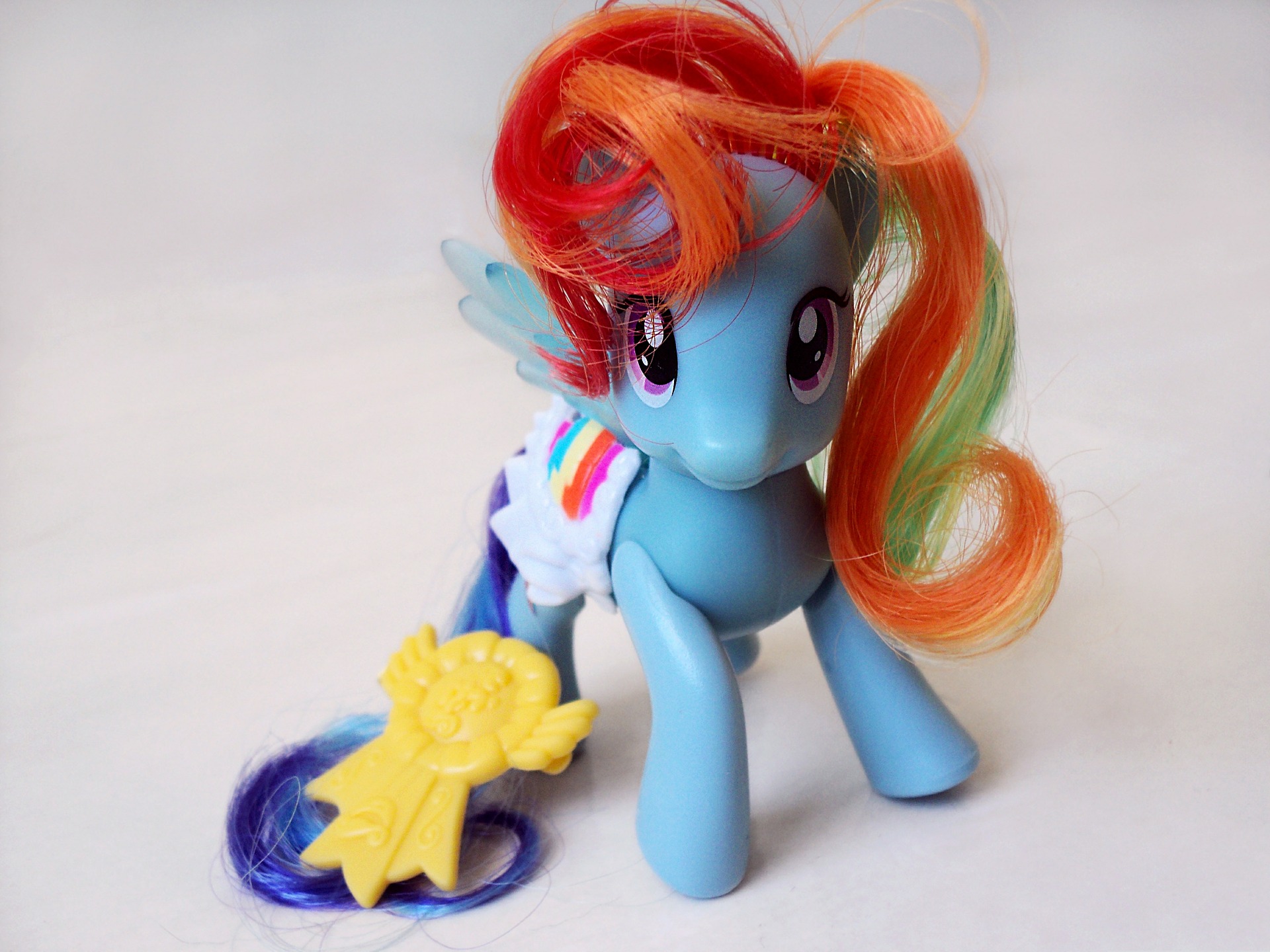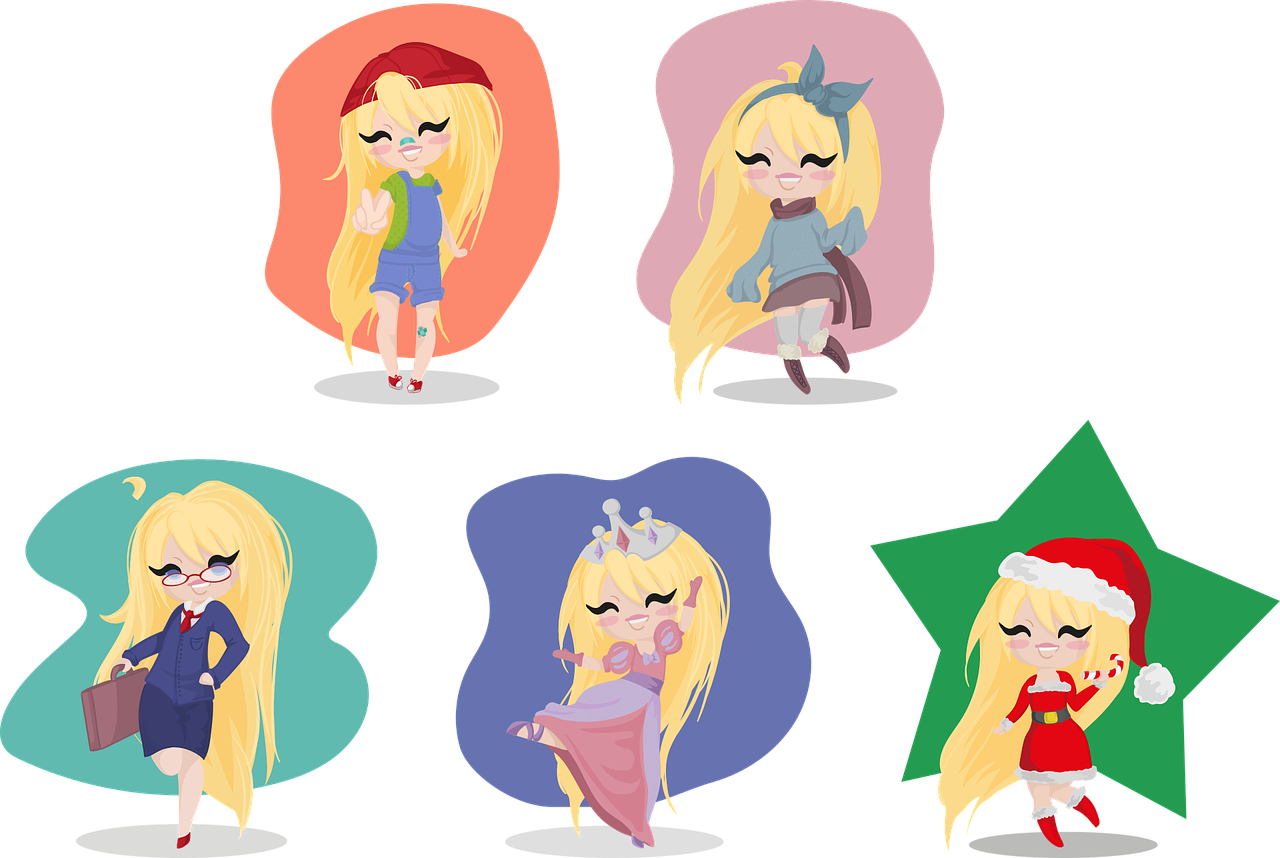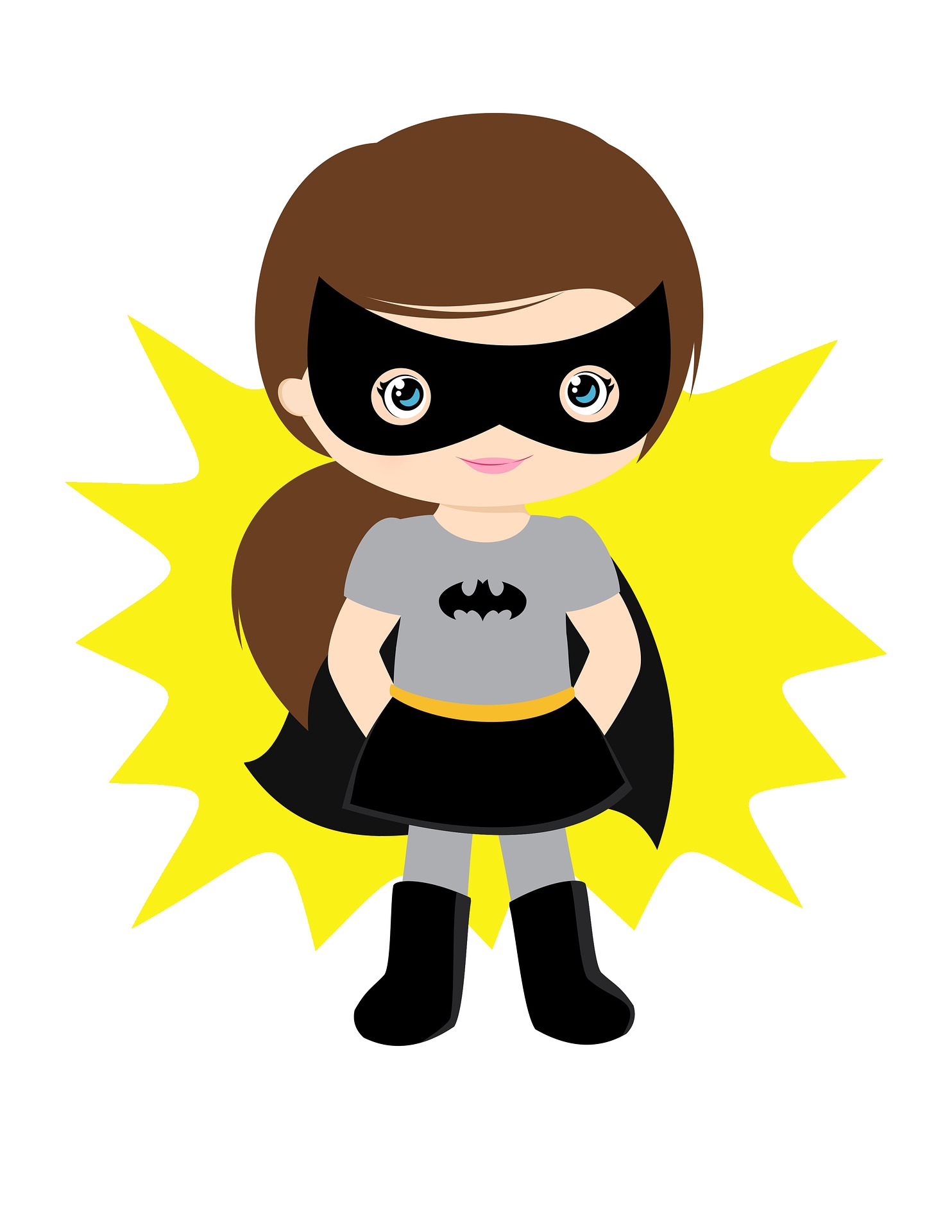Hero to (S)hero
Gender equality is seen as a key aspect related to gender-based violence. Today, Kay Coyle reflects on the importance of having empowering female role models in children’s cartoons, and asks us all to consider the influence of the media – particularly on girls.
Kay is a former Ayrshire College student and is now studying Social Sciences at Glasgow Caledonian University.
You can contact our Student Services teams or organisations like Women’s Aid or Fearless if you or someone you know requires support.
Picture the scene: you’re a kid, it’s the late ‘80s/early ‘90s, and it’s the weekend. You know what that means? It’s time for Saturday morning cartoons! I don’t know about you, but when I was young, our cartoons were the best. We had He-Man; Thundercats; Teenage Mutant Ninja Turtles; Mighty Max; and so on and so forth. But wait – no. The boys had those shows – I had My Little Pony and Care Bears.

Now, while I may not have complained about that at the time (I have the cringeworthy old photos to prove it too), looking back, I always remember being fascinated with the “boys shows”. This misconception that men like shows about fighting and monsters while girls only like pink and fluffy shows about talking horses and teddy bears is such an outdated stereotype, but you know what? This is changing. And I love it!
I find myself fascinated with today’s kid shows: this generation are so lucky. They are able to grow up watching fantastic shows such as Adventure Time, where the female characters are well developed, with strong personalities, strengths, weaknesses and most importantly – they are relatable. They’re not fragile, they are strong. They are not damsels in distress!
Recently, Netflix has launched a reboot of the classic ‘80s cartoon series, She-Ra: Princess of Power. At first, I was sceptical.
When I think of She-Ra, I instantly think of an ill-proportioned woman in a skimpy outfit that was purely a marketing ploy to sell more toys, and to give the men some eye-candy. Laura Mulvey referred to this as the male gaze.
The male gaze “projects its fantasy onto the female figure” by focusing attention on parts of the body that are usually sexualised, such as the breasts and legs, the female in question is in essence, presented as purely a sexual object for the male viewer.

The She-Ra from the 1980s is a prime example of this; with long, flowing, blonde hair, an exaggerated cinched waist, and a miniskirt smaller than the width of a tea towel, She-Ra was the male fantasy for the average male teenager during the ‘80s and early ‘90s.
The co-creator of the original She-Ra points out that he was aware of the issue in regards to the representation of female characters in animation: “male characters tend to be idealized in form and proportion; but female characters tend to be objectified”.
But now, I am genuinely impressed. This generation, yet again, are being given a positive, female superhero who isn’t just eye-candy. She has personality. Morals. She has an outfit she isn’t falling out of. However, while this is encouraging, we still have a long way to go before a female character can be presented in animation without been portrayed as an unrealistic pin-up, or as having a strong character development without there being any backlash. There has been a backlash to this reboot from males; comments frustrated at the character’s new look as she’s been “beaten with the ugly stick” are particularly poignant for after all, who cares what your personality is – it’s what’s on the outside that counts, right?
Wrong! Slowly, but surely, more and more animated female characters are given the development that they deserve; they are now much more than the eye-candy, or the damsel who constantly needs saving or the classic ‘pretty and catty’ trope. So, parents – I encourage you – if you have a young daughter, take interest in the cartoons they watch. You never know, you may be pleasantly surprised at the role models that are being made available now!

Gender equality is a key topic taught within our Social Science programme. If you are interested in finding out more about Social Sciences click here.